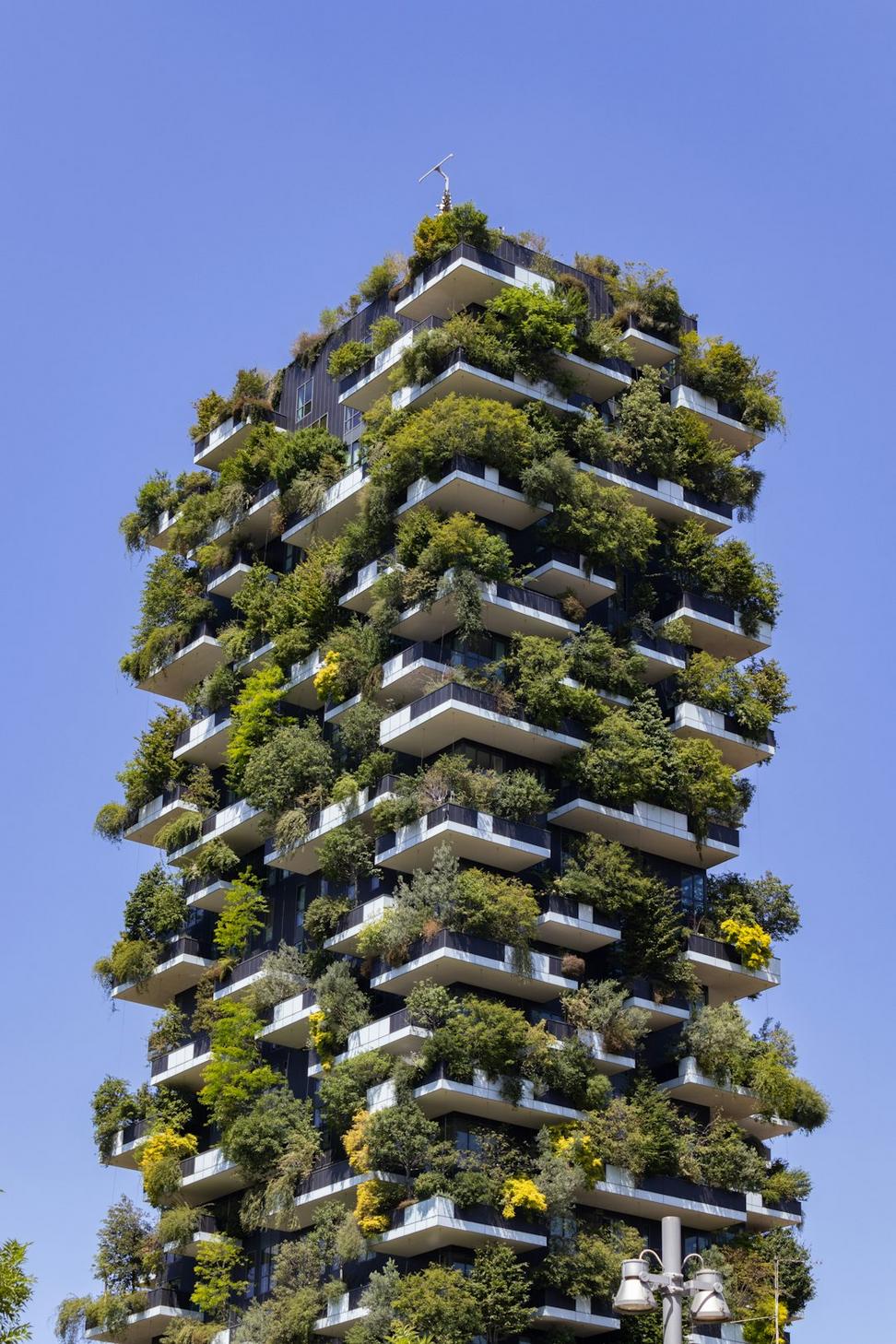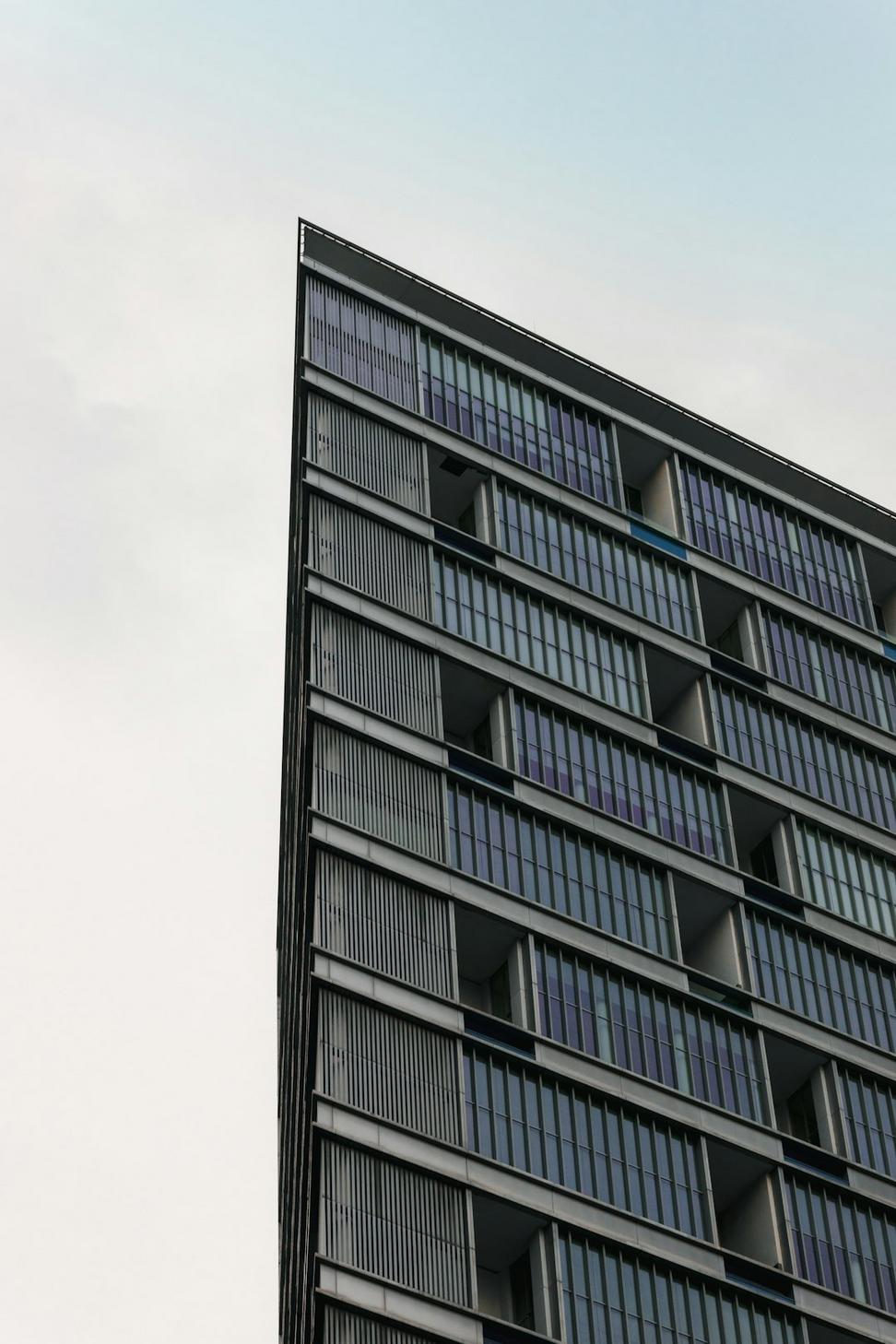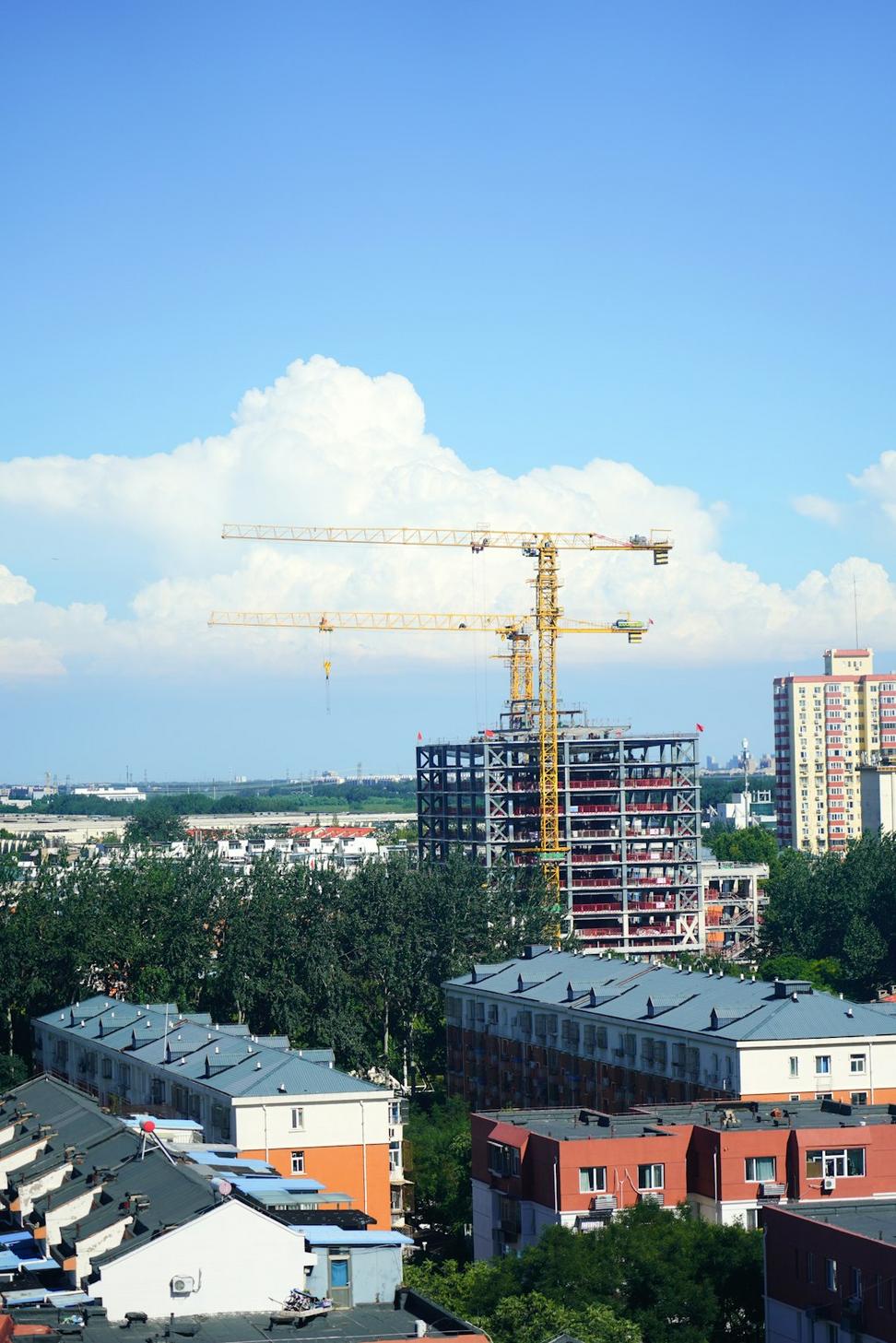Building Green Isn't Optional Anymore
Look, we've been in this game long enough to see trends come and go. But sustainability? That's not a trend - it's literally the only way forward. Every project we touch has to answer one question: how does this make things better for the next generation?


